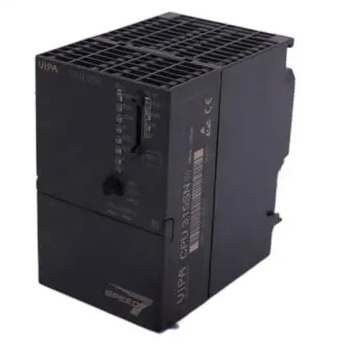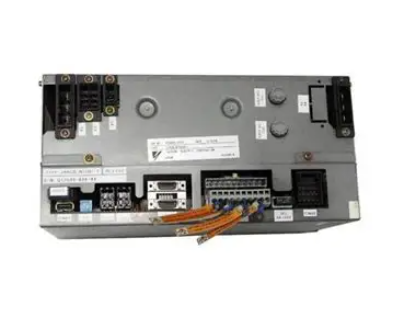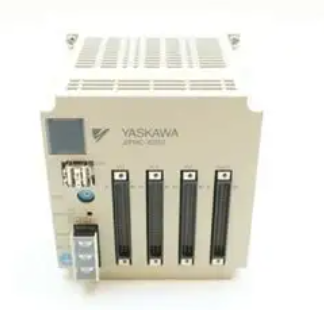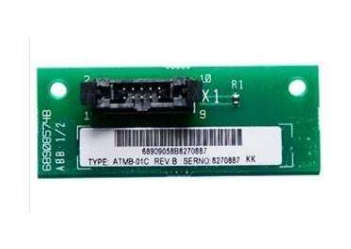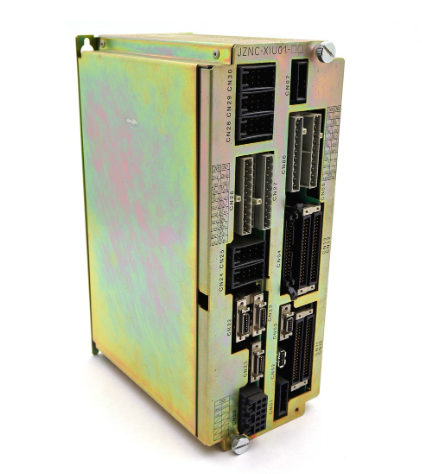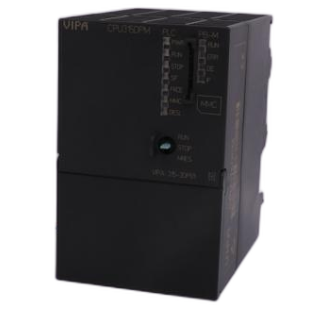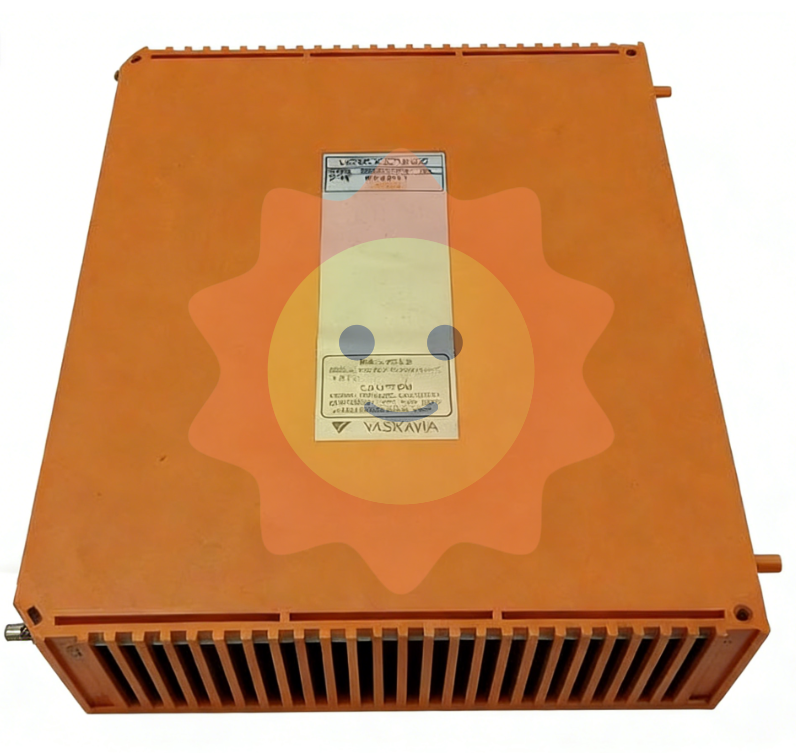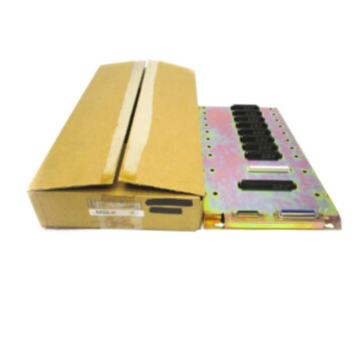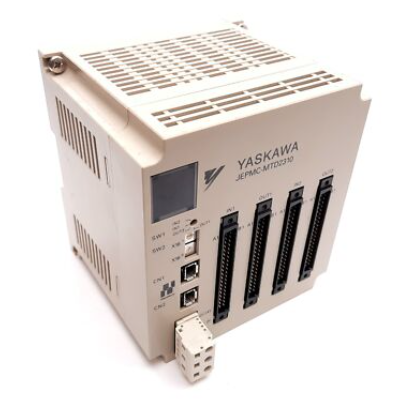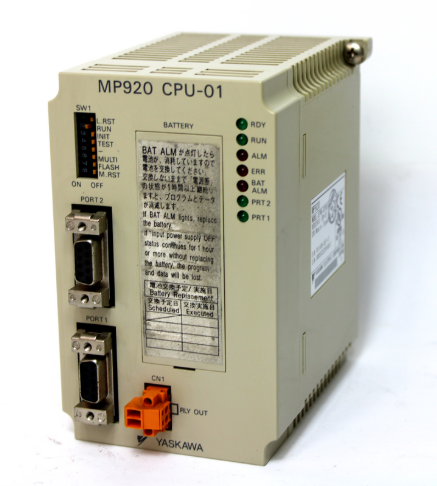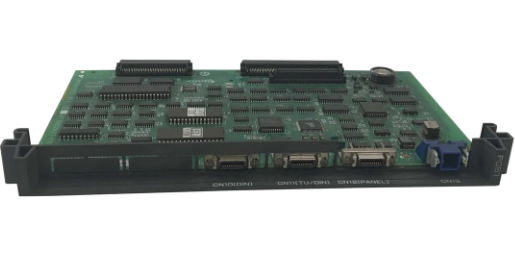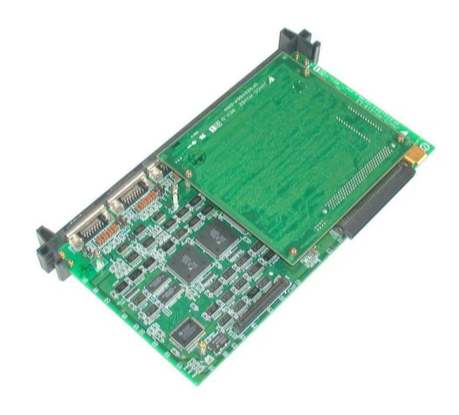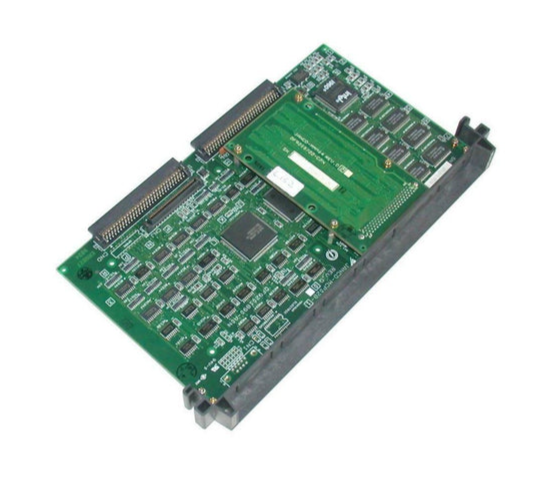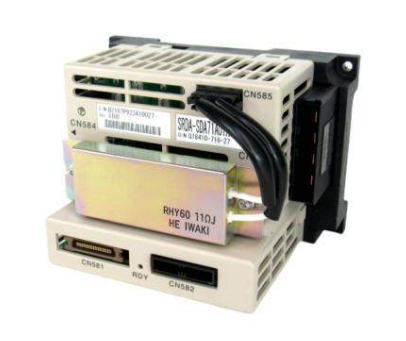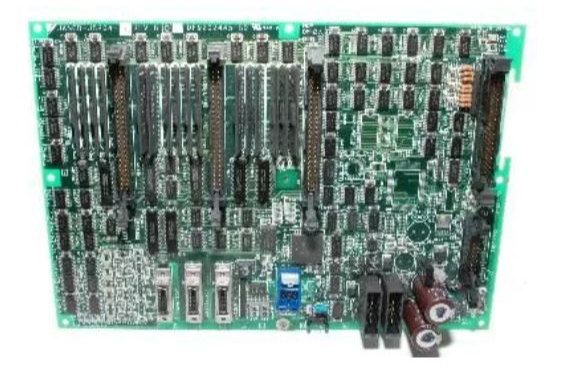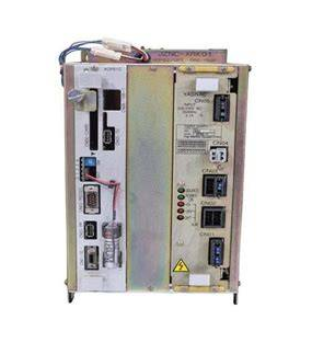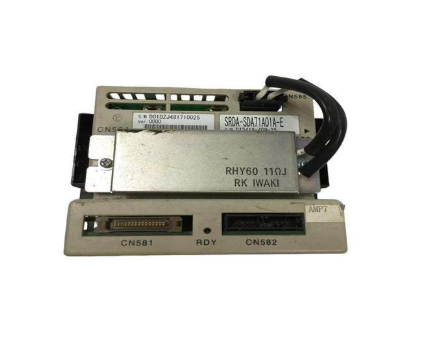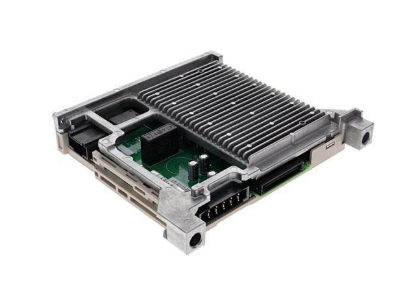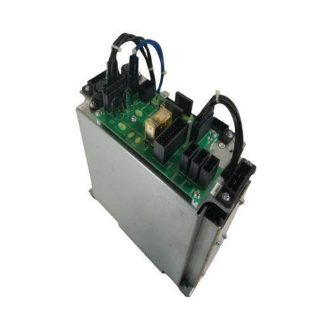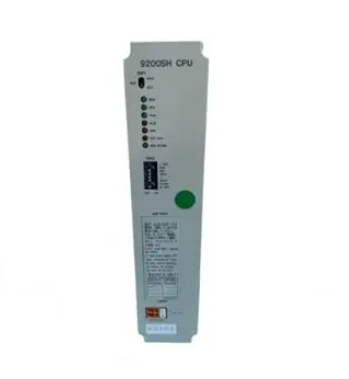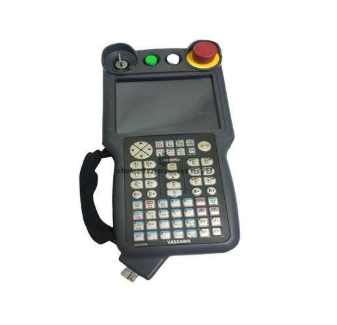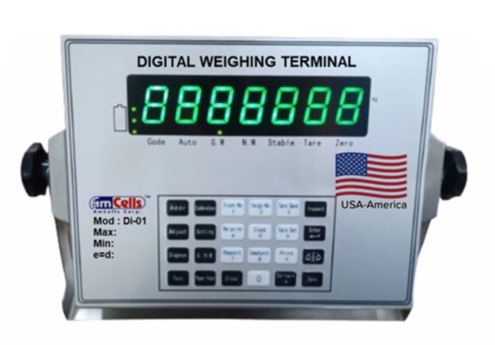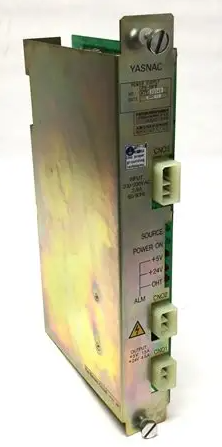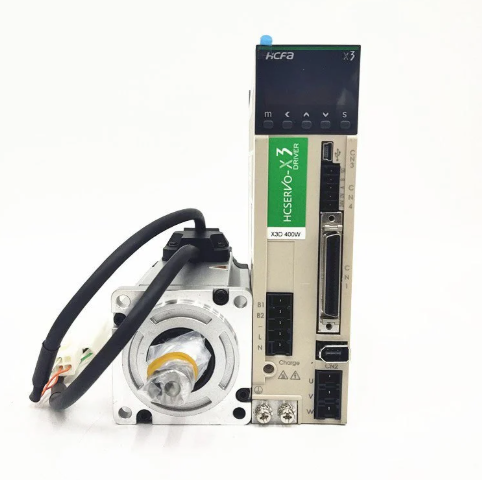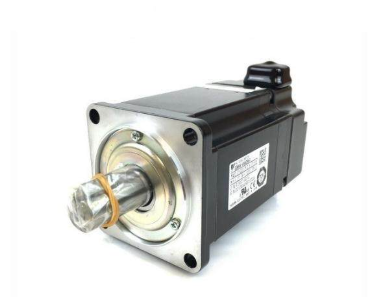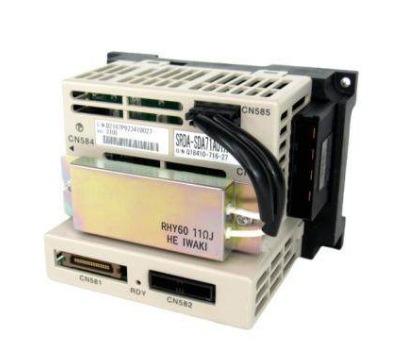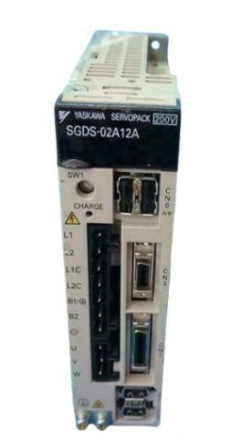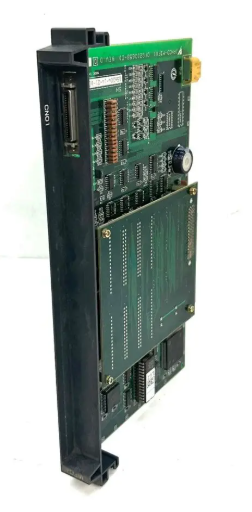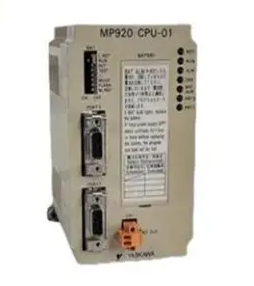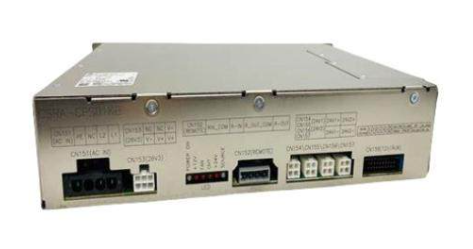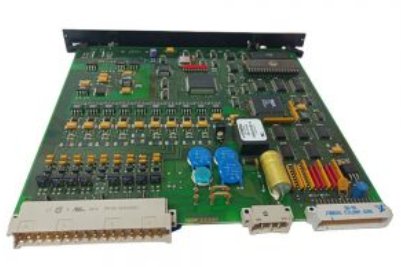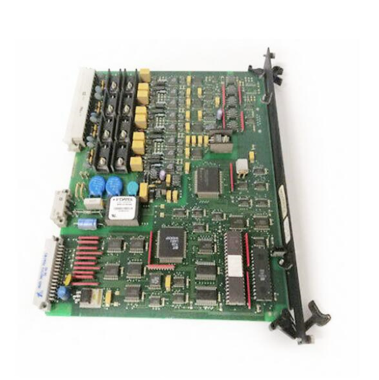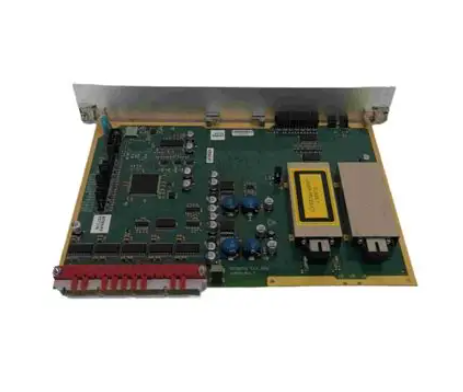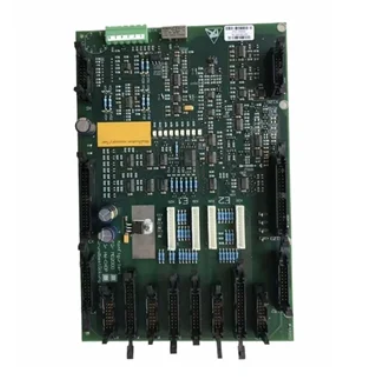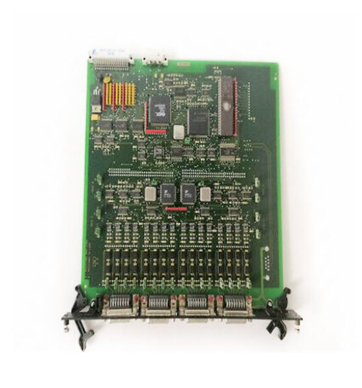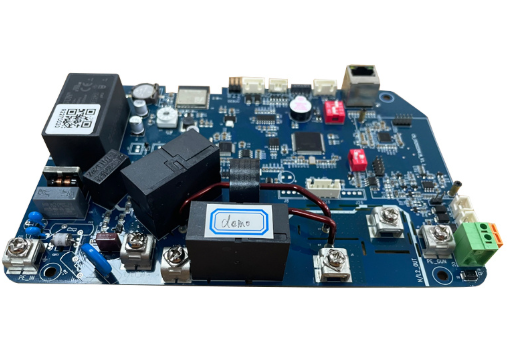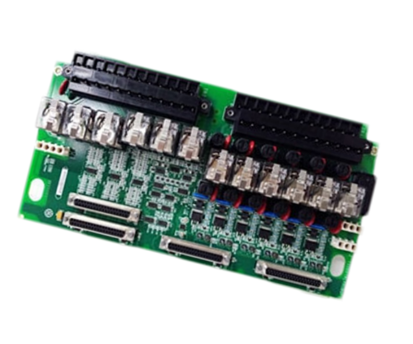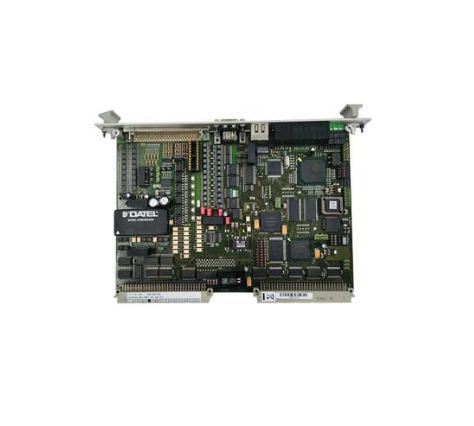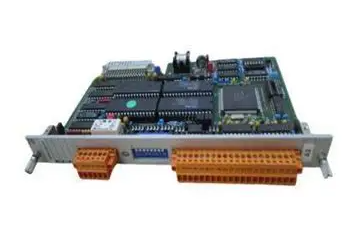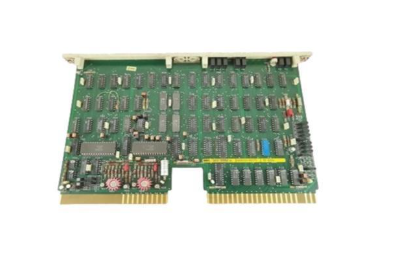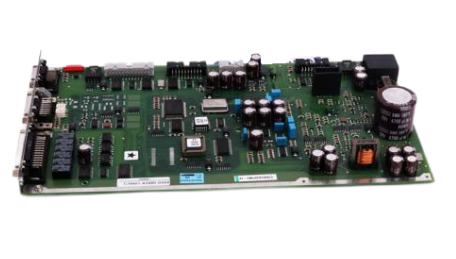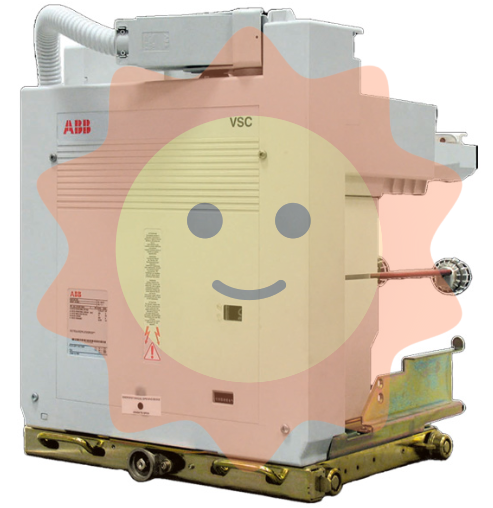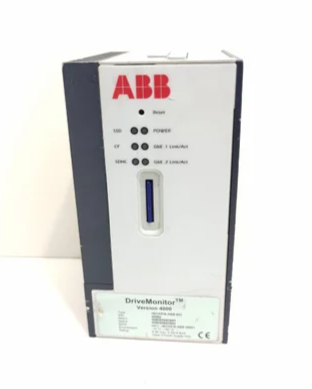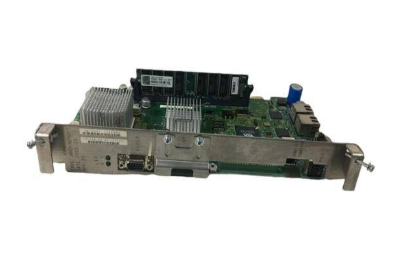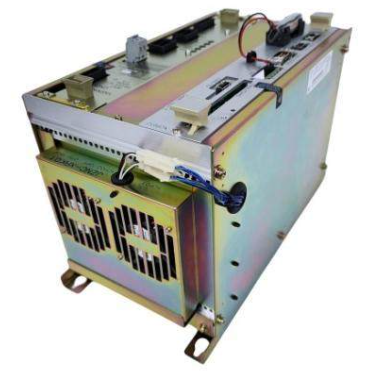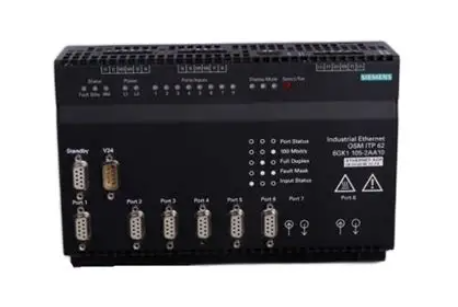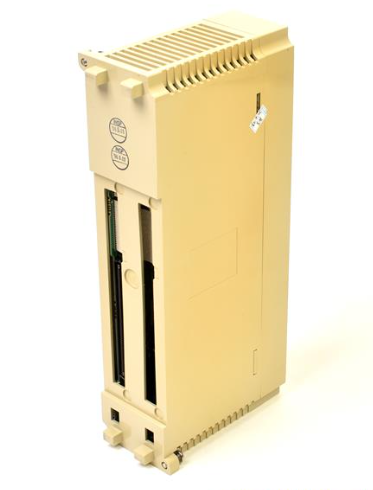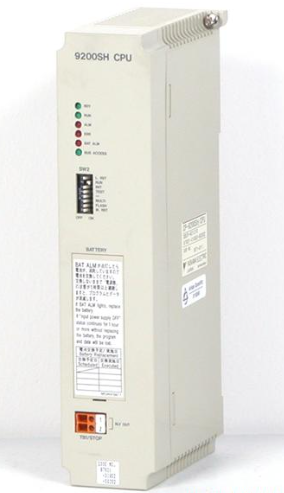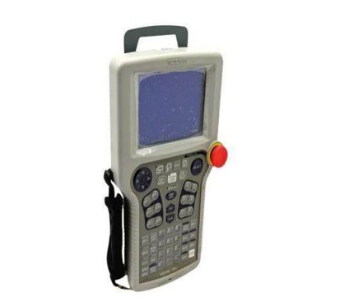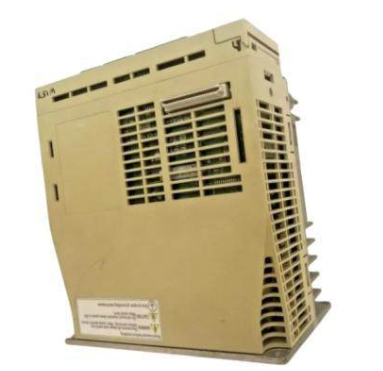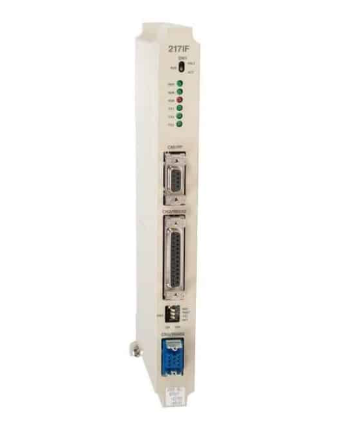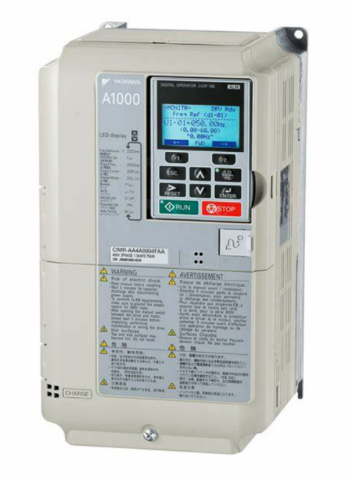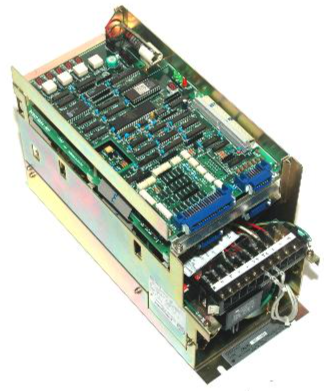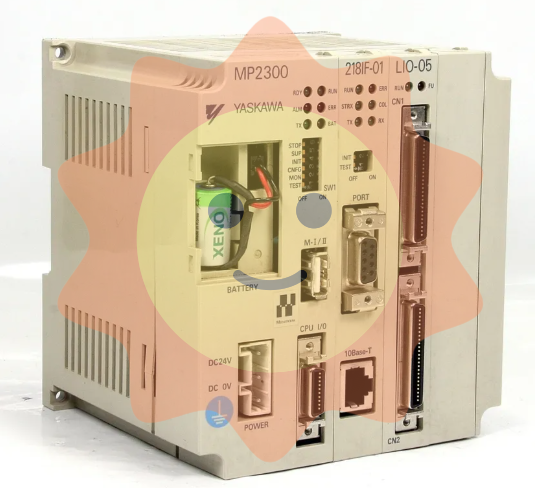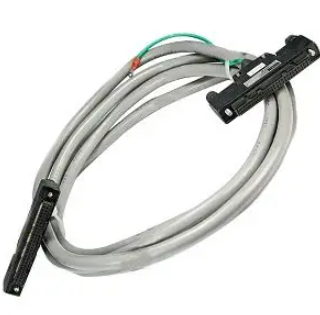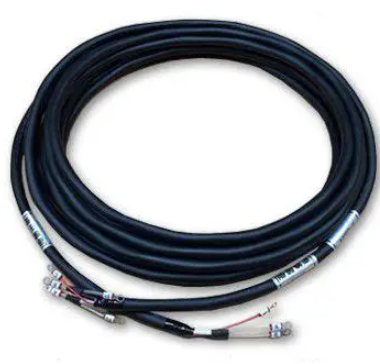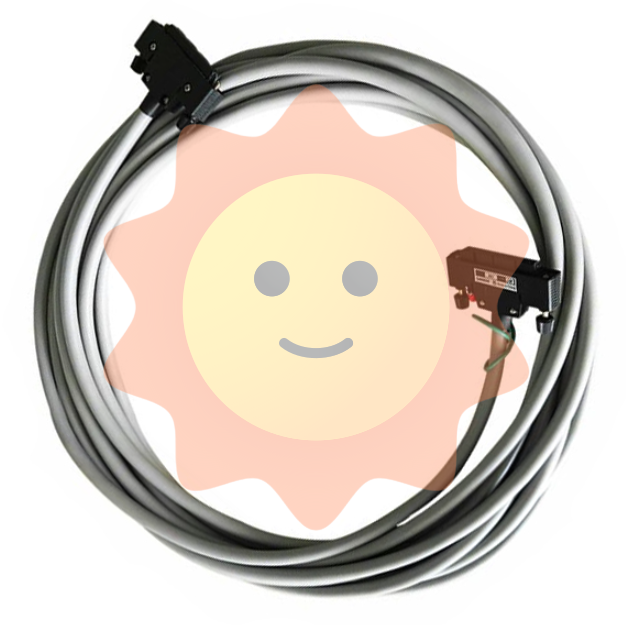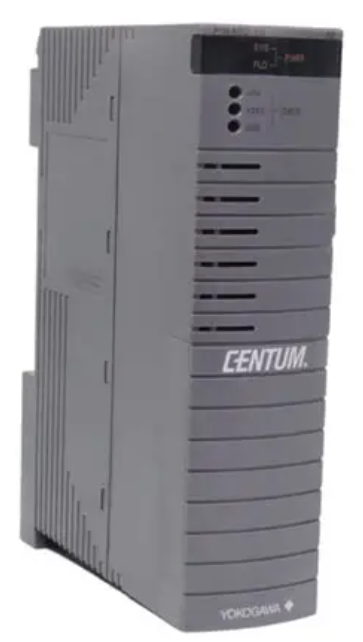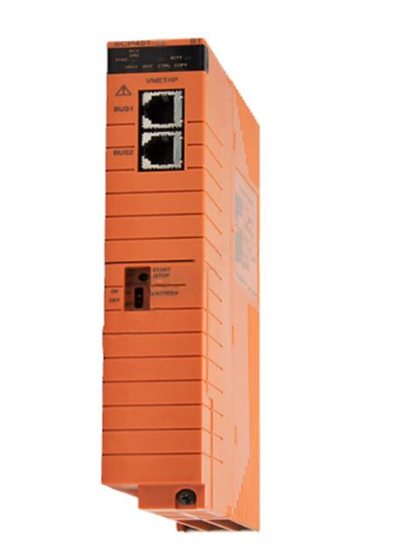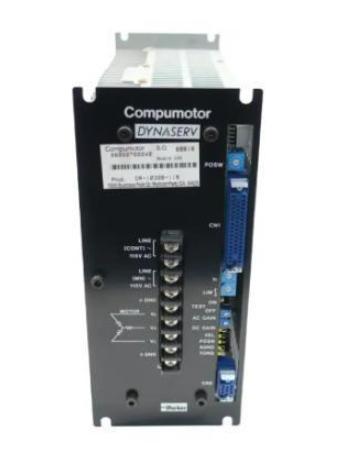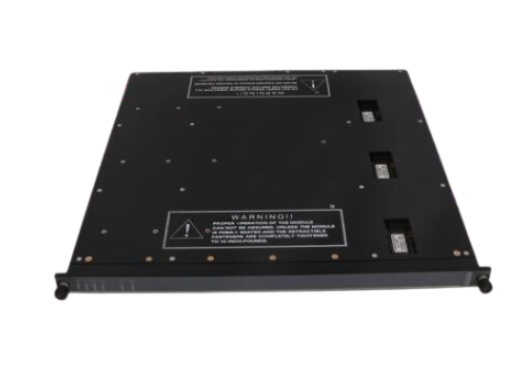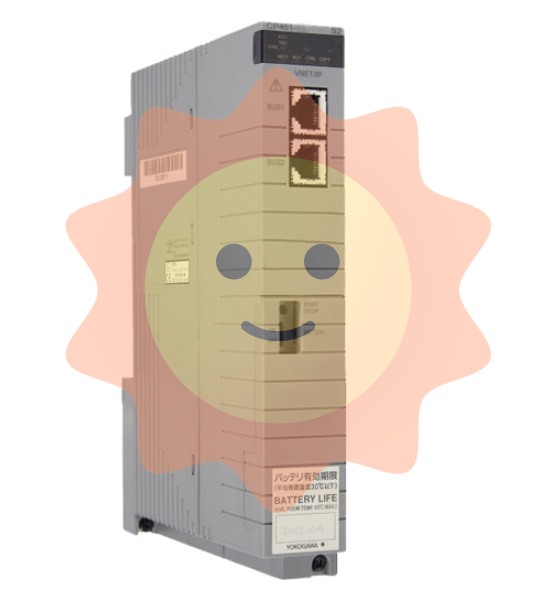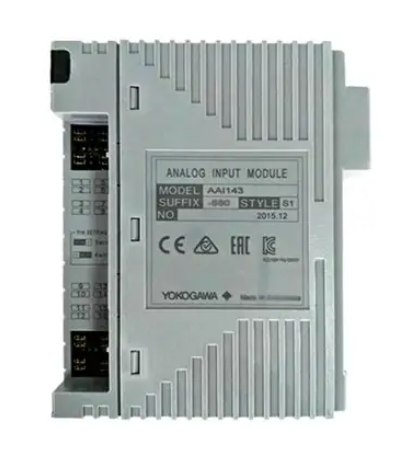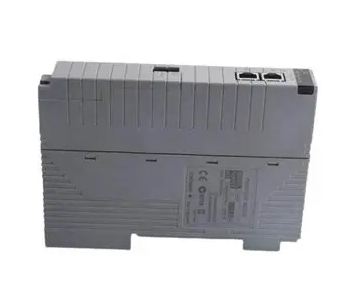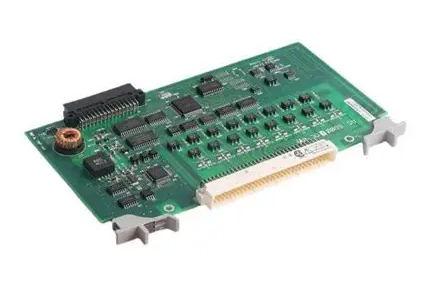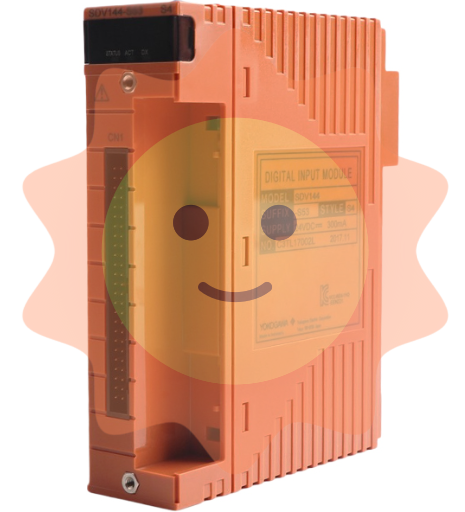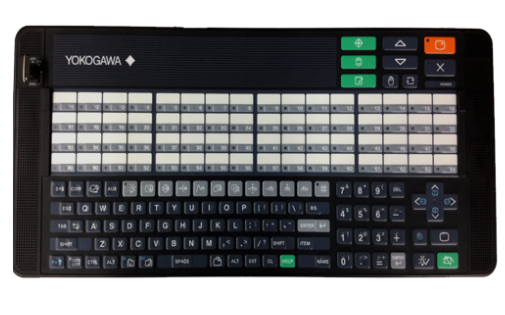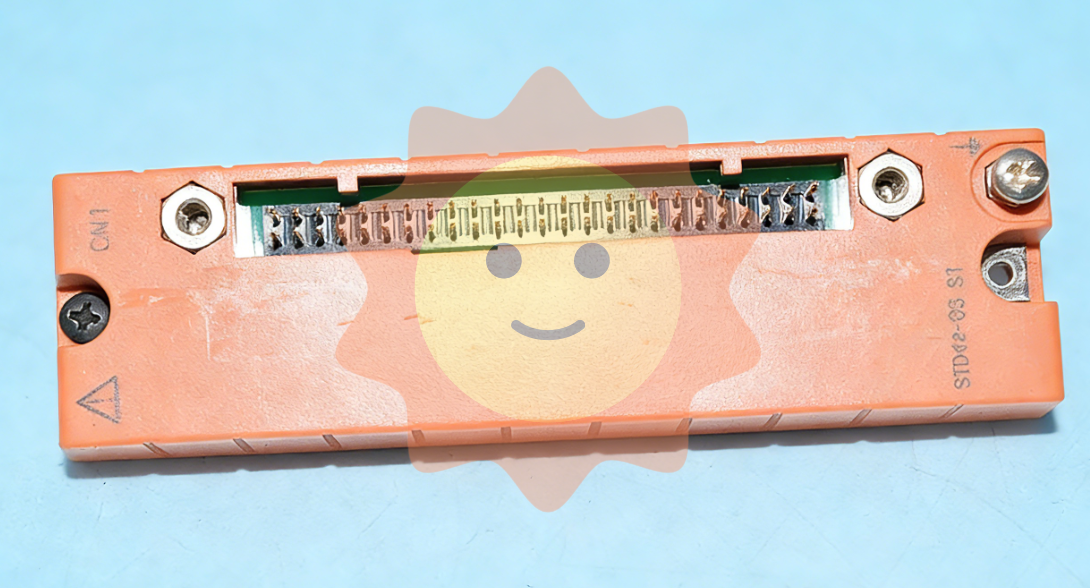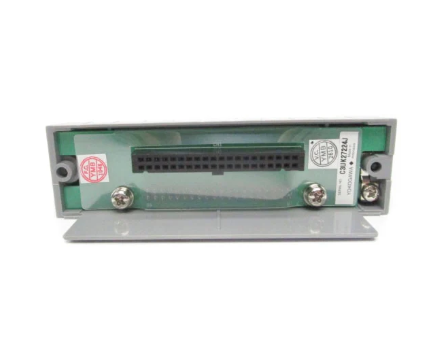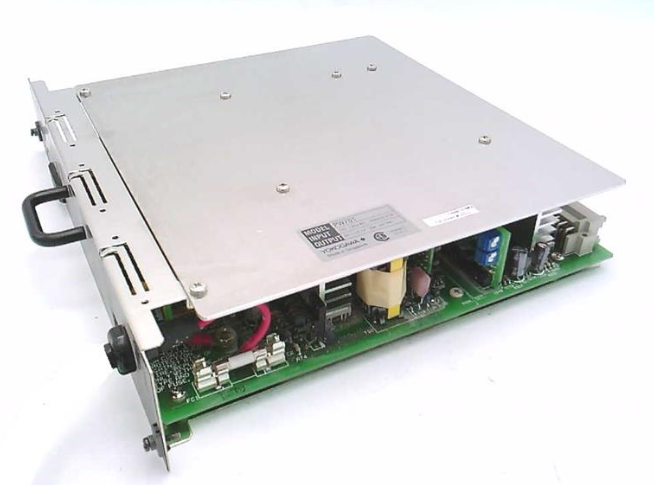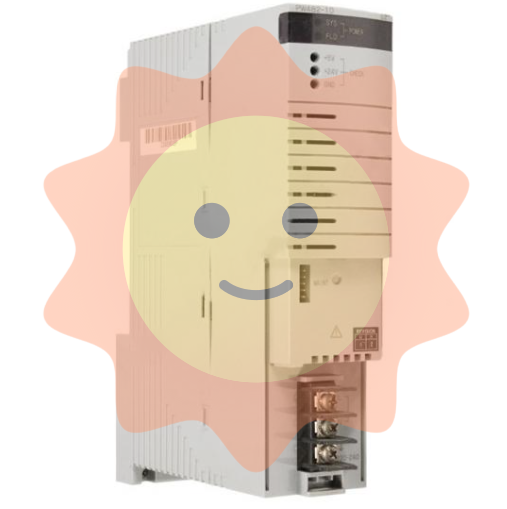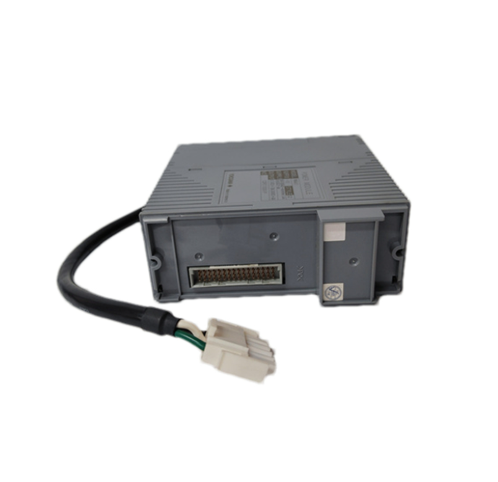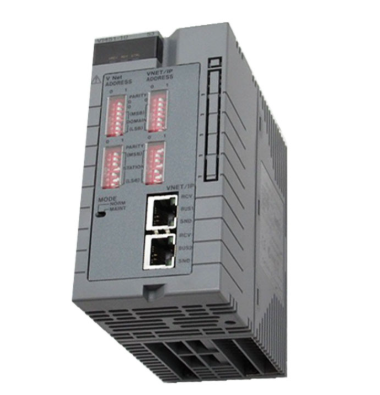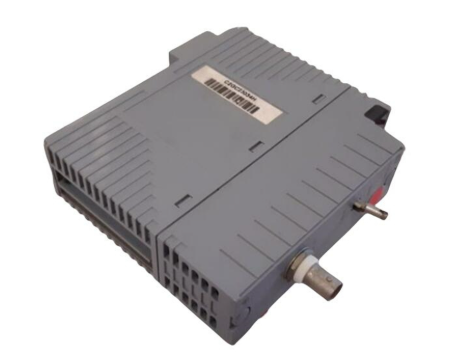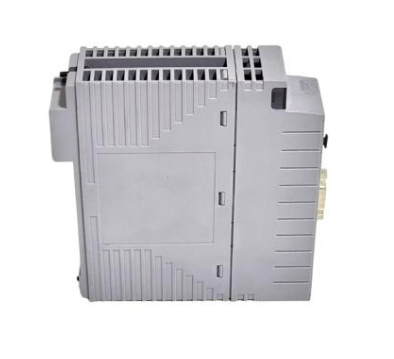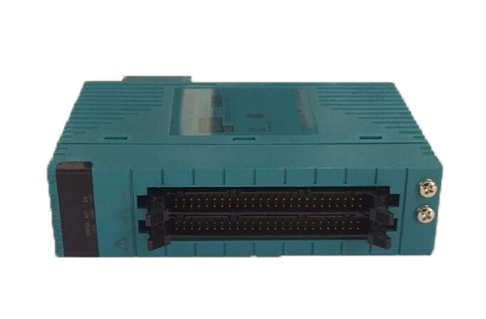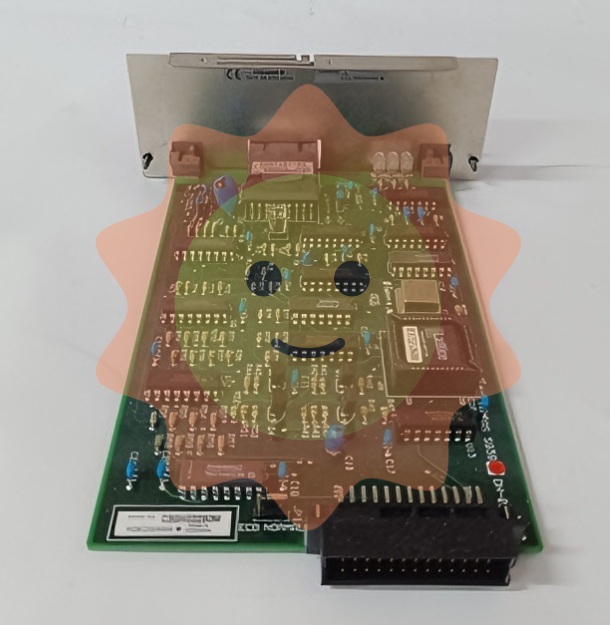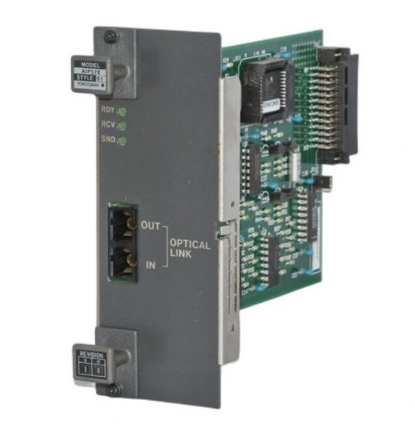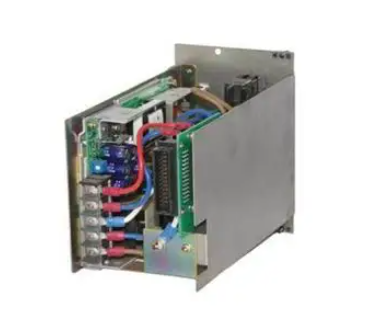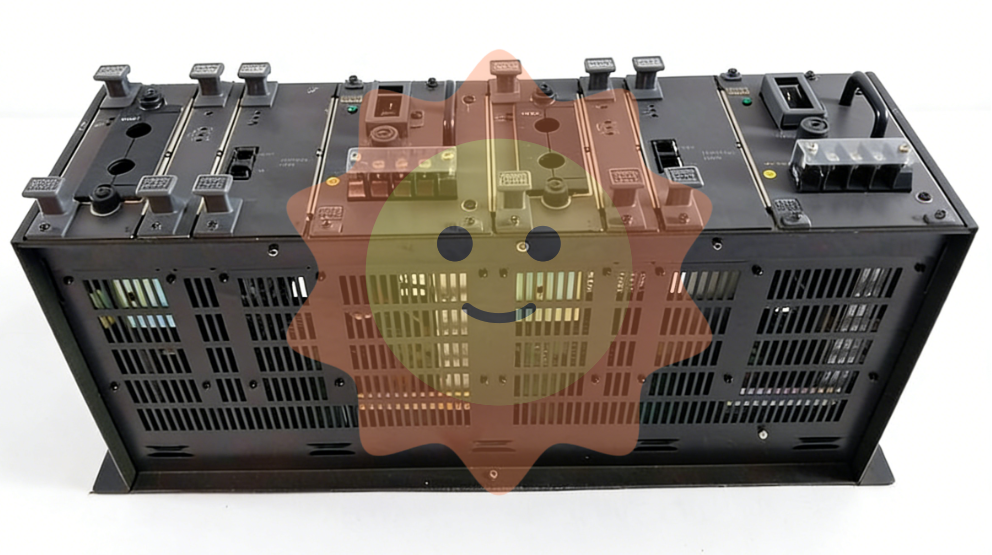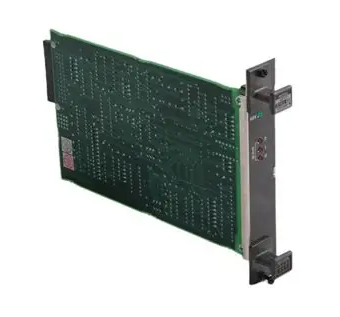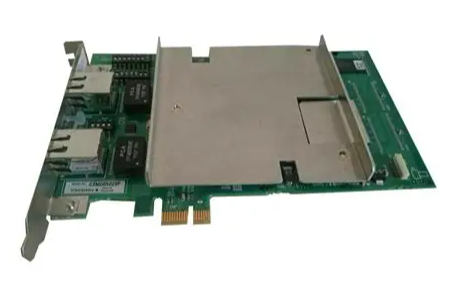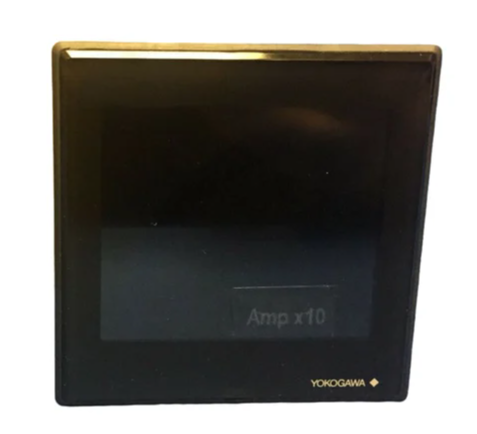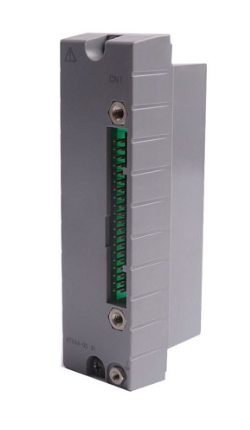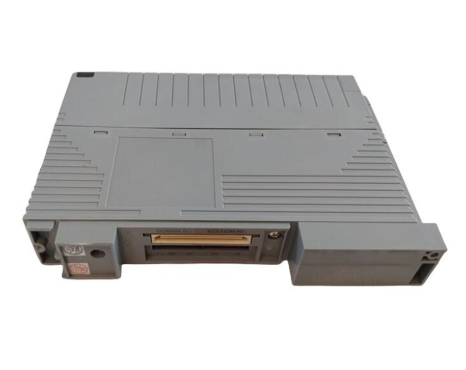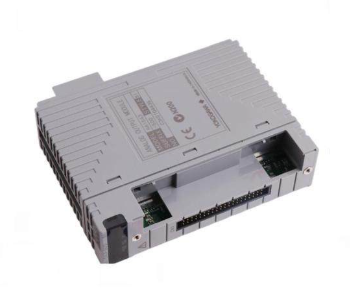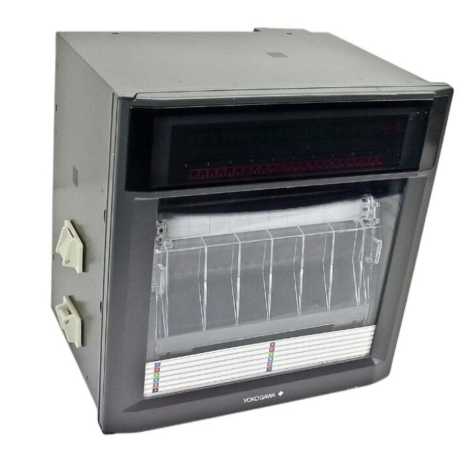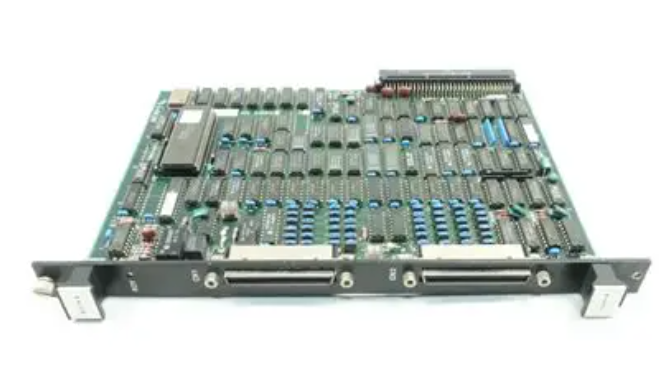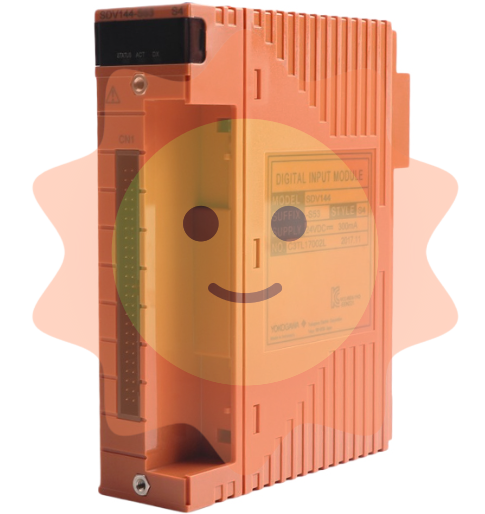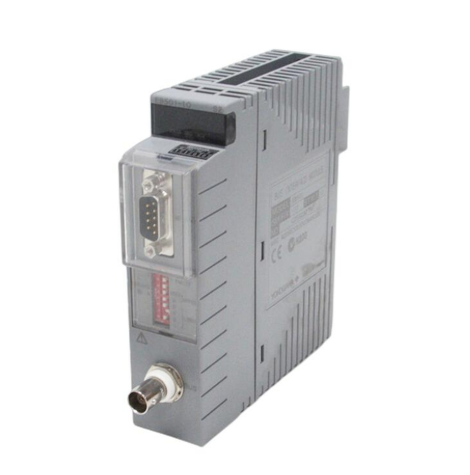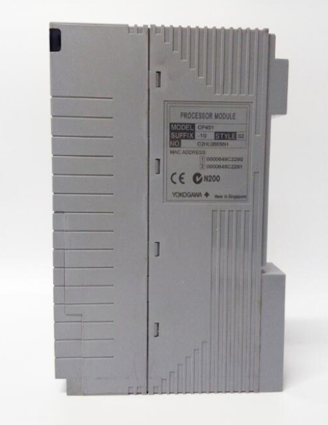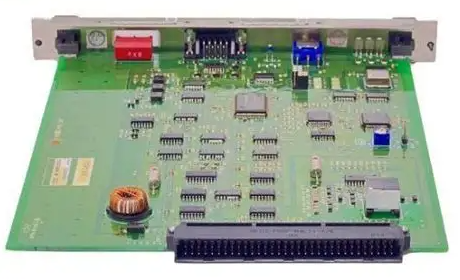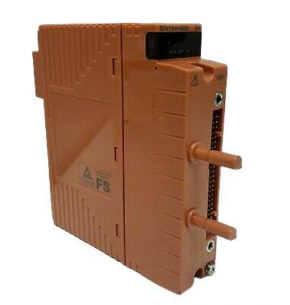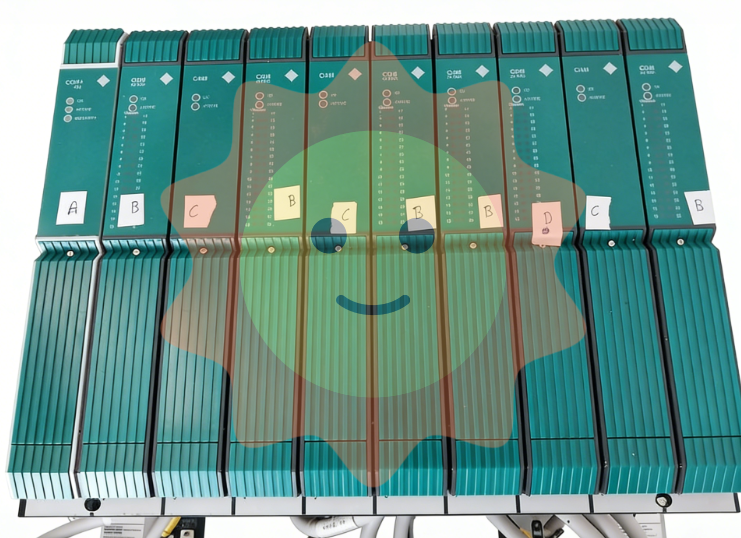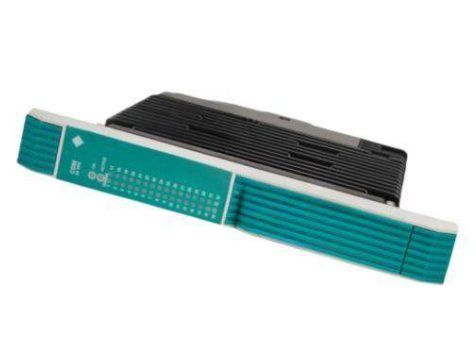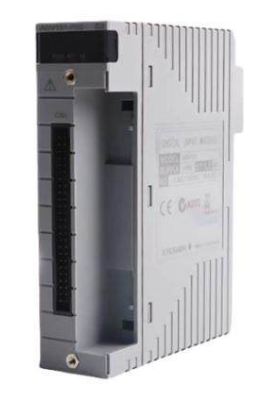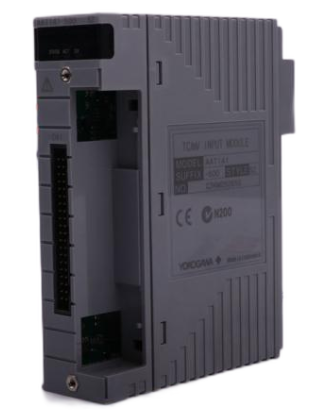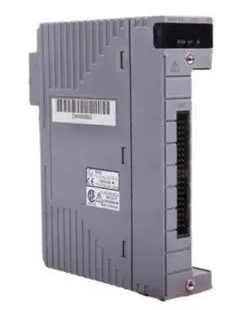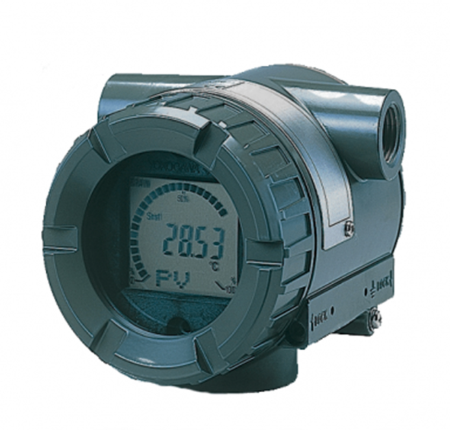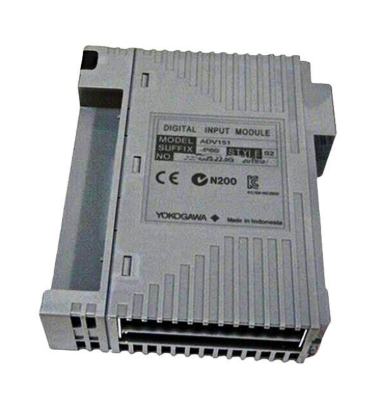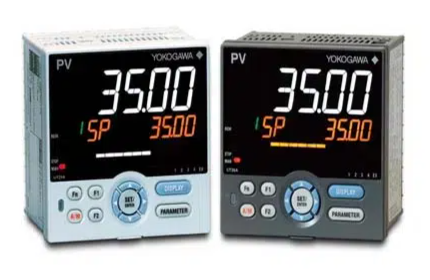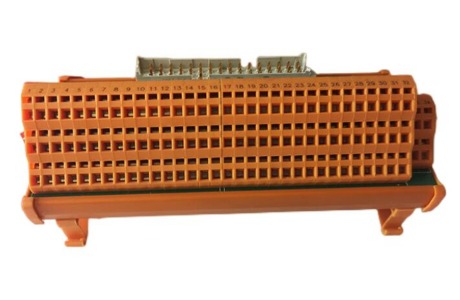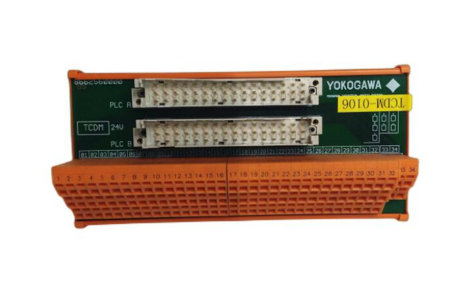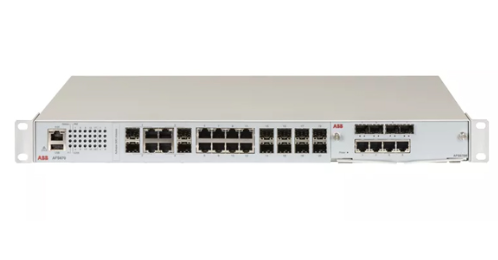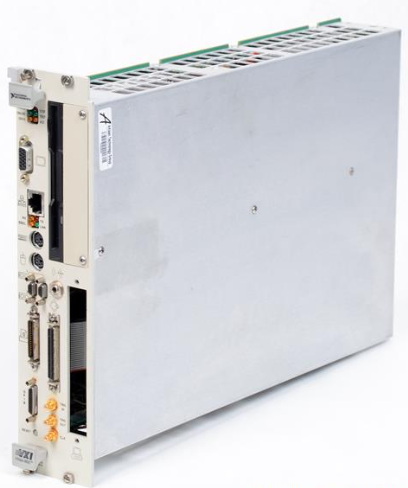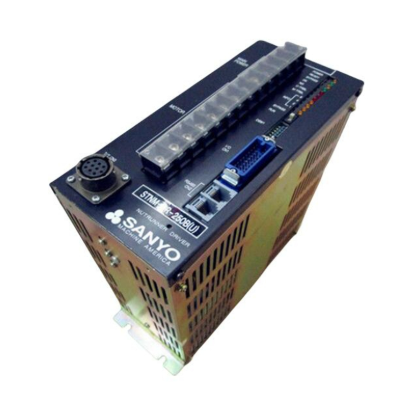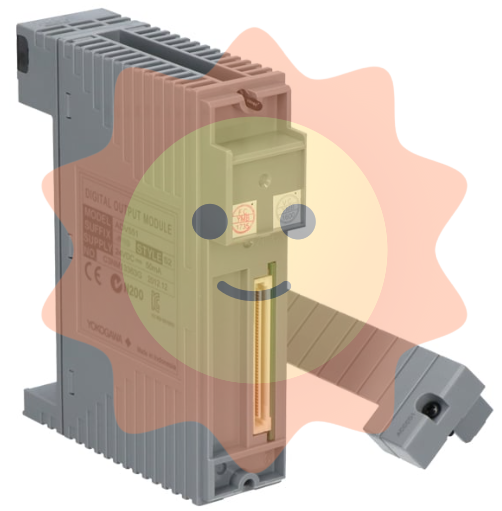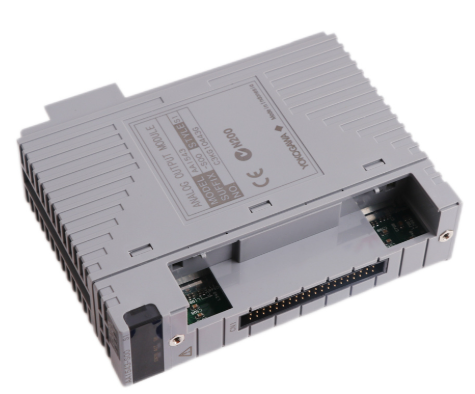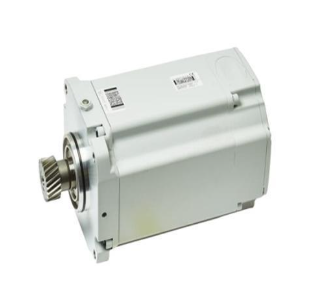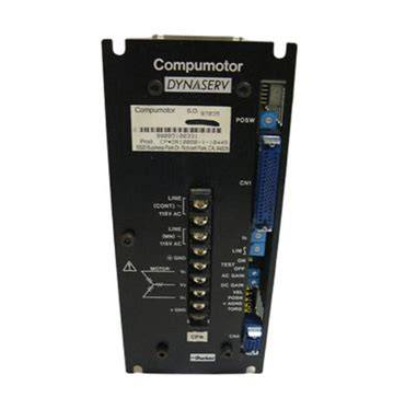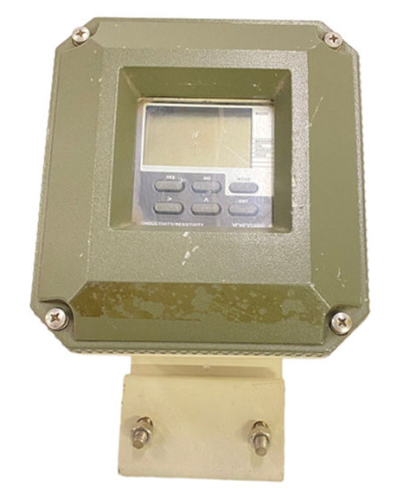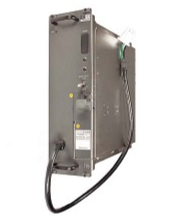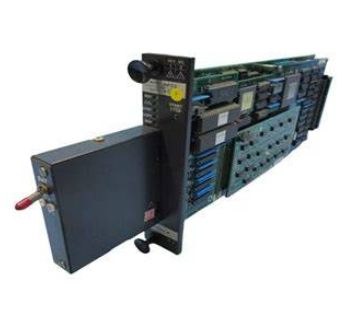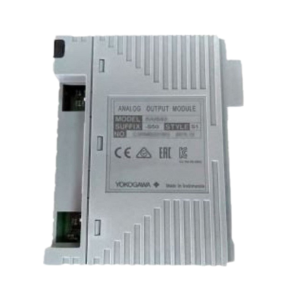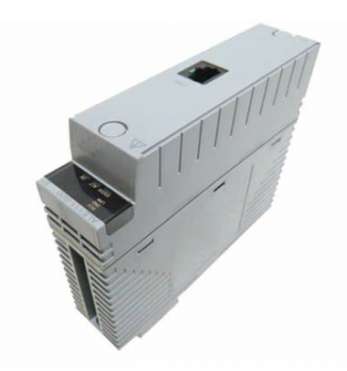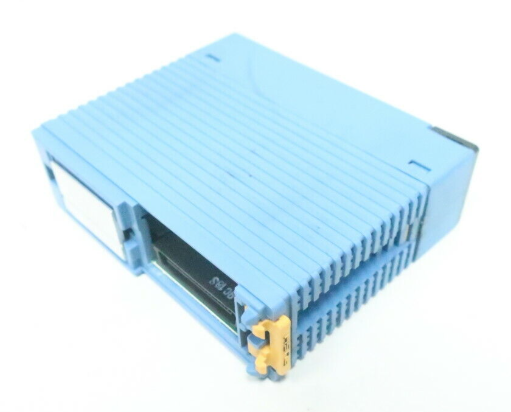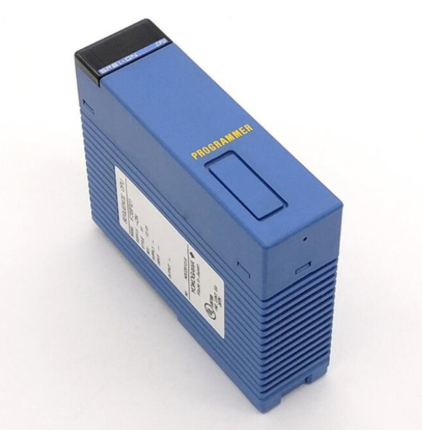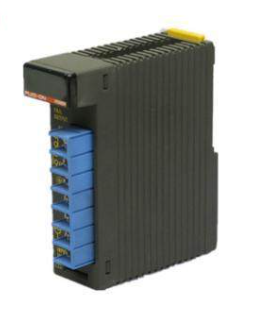ABB UAC318AE HIEE300744R0001 Industrial Digital I/O Module
(3) Flexible configuration and convenient installation
Supporting multiple installation methods and flexible parameter configuration, users can choose rail installation or panel installation methods based on actual industrial application scenarios and equipment layouts to quickly complete module installation. Through software or communication interfaces, it is easy to configure and adjust parameters such as input and output channel functions, signal filtering time, alarm thresholds, etc., to meet diverse industrial control needs and improve system construction and debugging efficiency.
(4) Wide compatibility and scalability
The 24V DC working voltage and support for multiple industrial standard signals enable the module to be compatible with the vast majority of industrial sensors, actuators, and control systems on the market, facilitating system integration and upgrading. At the same time, modules have good scalability and can easily increase the number of modules or be combined with other functional modules according to production scale expansion or process change requirements, building more complex and powerful industrial automation systems and reserving sufficient space for the future development of enterprises.
Precautions
(1) Installation precautions
Before installation, it is necessary to ensure that the system is powered off to prevent electric shock accidents and module damage.
Choose a location with good ventilation, dryness, no severe vibration, and far from strong electromagnetic interference sources to install the module, avoiding adverse environments such as high temperature, humidity, and dust that can affect the module's performance and service life.
Strictly follow the installation instructions for wiring, ensure that the input and output cables are firmly connected, distinguish the positive and negative poles of the signal, and avoid reverse connection. When wiring, use cables of appropriate specifications and take measures to secure and protect them to prevent abnormal signal transmission caused by cable pulling and wear.
When using guide rail installation, ensure that the guide rail is firmly installed, correctly clip the module into the guide rail and lock it; When using panel installation, use appropriate screws to secure the module to ensure smooth installation and avoid problems such as module looseness and poor contact caused by unstable installation.
(2) Precautions for use
Ensure that the voltage, current, and other parameters of the input signal are within the rated operating range of the module. It is strictly prohibited to connect signals that exceed the rated value to prevent damage to the module. If the input signal is unstable or abnormal, suitable protective devices (such as fuses, surge protectors) need to be installed in the input circuit.
Avoid frequent plugging and unplugging of module wiring terminals to prevent loose or oxidized terminals, which may affect the quality of signal transmission. If you need to replace the wiring, you must first disconnect the power supply and wait for the module to be completely powered off before proceeding with the operation.
Regularly check the working status of the module and observe the display of the indicator lights. If the indicator light is abnormal (such as flashing, constantly on, or off), or if there are signal transmission abnormalities or control failures in the module, the machine should be stopped immediately for inspection. Refer to the module fault diagnosis guide, gradually investigate the cause of the fault, and contact professional technicians for repair if necessary.
During the operation of the module, it is forbidden to subject it to severe vibrations, collisions, or external forces to prevent internal components from loosening or being damaged, which may affect the normal operation of the module.
(3) Maintenance precautions
Regularly clean the surface dust and dirt of the module, keep it clean, and prevent dust accumulation from affecting heat dissipation and electrical performance. When cleaning, use a dry, soft brush or compressed air, avoid using damp cloths or corrosive cleaning agents to prevent damage to the module housing and internal circuits.
Regularly check the wiring terminals to ensure that the wiring is secure, free from looseness or oxidation. If loose terminals are found, use appropriate tools to tighten them; If the terminal oxidizes, use sandpaper or specialized cleaning agents for cleaning treatment to ensure good electrical connection performance of the wiring.
Regularly perform performance testing and calibration on modules based on their usage frequency and working environment to ensure that all parameters and indicators meet the requirements. According to the module service life and enterprise equipment update plan, timely module replacement and upgrading are carried out to ensure the performance and reliability of industrial automation systems.
Similar model supplement
(1) ABB UFC092BE01 HIEE300910R0001 Binary Input Module
Compared with UAC318AE HIEE300744R0001, UFC092BE01 HIEE300910R0001 focuses on binary signal input, with excellent input channel performance and fast response speed, suitable for application scenarios mainly focused on signal acquisition, such as industrial equipment status monitoring systems. And UAC318AE HIEE300744R0001 has bidirectional input-output function, which is more advantageous in comprehensive automation systems that require simultaneous signal acquisition and control output. In addition, UAC318AE HIEE300744R0001 has richer communication interface and protocol support, and higher system integration flexibility.
- EMERSON
- Honeywell
- CTI
- Rolls-Royce
- General Electric
- Woodward
- Yaskawa
- xYCOM
- Motorola
- Siemens
- Rockwell
- ABB
- B&R
- HIMA
- Construction site
- electricity
- Automobile market
- PLC
- DCS
- Motor drivers
- VSD
- Implications
- cement
- CO2
- CEM
- methane
- Artificial intelligence
- Titanic
- Solar energy
- Hydrogen fuel cell
- Hydrogen and fuel cells
- Hydrogen and oxygen fuel cells
- tyre
- Chemical fiber
- dynamo
- corpuscle
- Pulp and paper
- printing
- fossil
- FANUC
- Food and beverage
- Life science
- Sewage treatment
- Personal care
- electricity
- boats
- infrastructure
- Automobile industry
- metallurgy
- Nuclear power generation
- Geothermal power generation
- Water and wastewater
- Infrastructure construction
- Mine hazard
- steel
- papermaking
- Natural gas industry
- Infrastructure construction
- Power and energy
- Rubber and plastic
- Renewable energy
- pharmacy
- mining
- Plastic industry
- Schneider
- Kongsberg
- NI
- Wind energy
- International petroleum
- International new energy network
- gas
- WATLOW
- ProSoft
- SEW
- wind
- ADVANCED
- Reliance
- YOKOGAWA
- TRICONEX
- FOXBORO
- METSO
- MAN
- Advantest
- ADVANCED
- ALSTOM
- Control Wave
- AB
- AMAT
- STUDER
- KONGSBERG
- MOTOROLA
- DANAHER MOTION
- Bently
- Galil
- EATON
- MOLEX
- Triconex
- DEIF
- B&W
- ZYGO
- Aerotech
- DANFOSS
- KOLLMORGEN
- Beijer
- Endress+Hauser
- MOOG
- KB
- Moxa
- Rexroth
- YAMAHA
- Johnson
- Westinghouse
- WAGO
- TOSHIBA
- TEKTRONIX
- BENDER
- BMCM
- SMC
- HITACHI
- HIRSCHMANN


Email:wang@kongjiangauto.com

